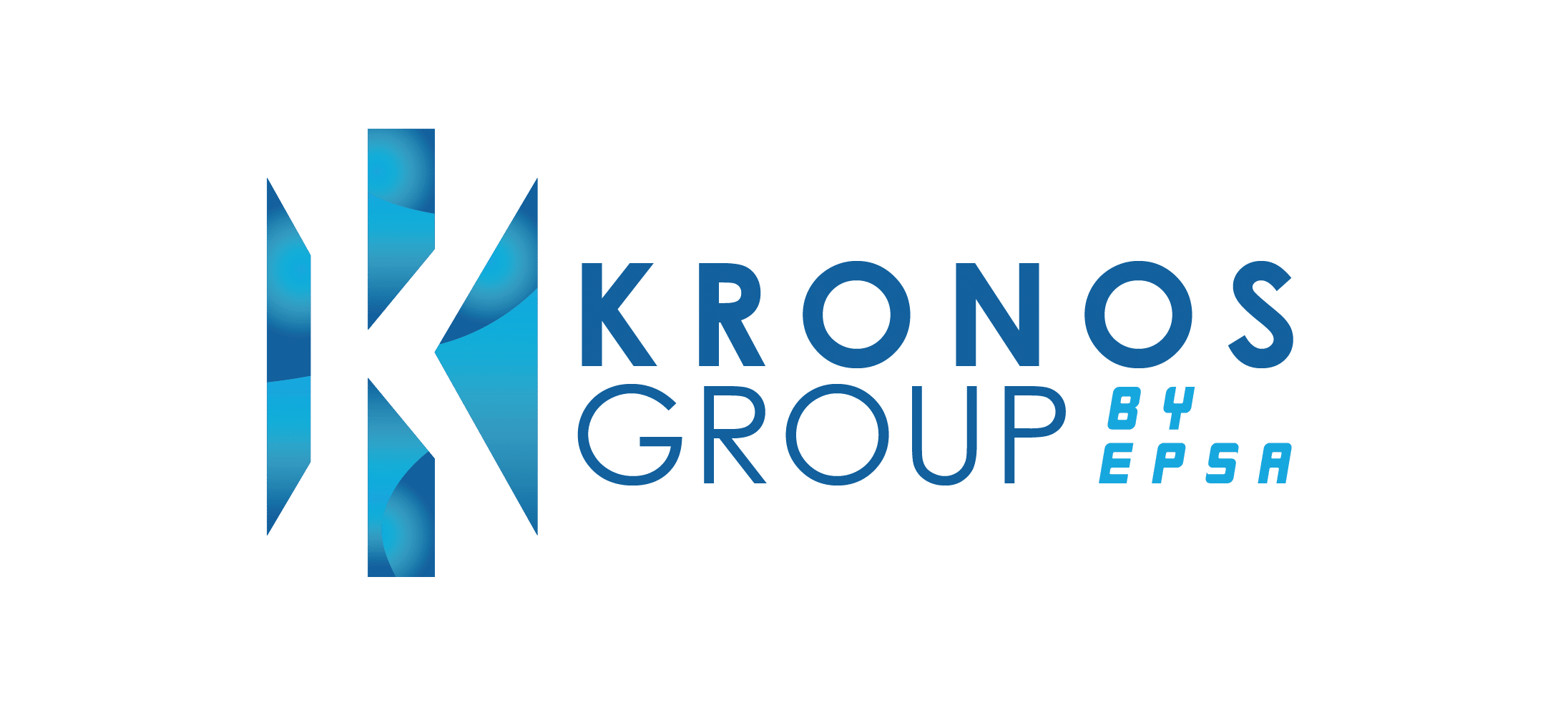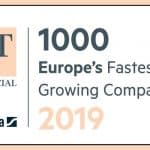Strategic steps for reducing indirect procurement expenditure to assist organisational cost-cutting efforts

Summary
Indirect expenses in procurement can be easily missed when organisations lay out their plans for overall cost-cutting, leading to reduced effectiveness and missed potential for greater savings.
To provide insights to prevent this scenario, we have to start by understanding what indirect expenditure in procurement is. This will help organisations detect and identify hidden indirect costs within their operations.
Leading them to realise why indirect expenditure in procurement should be an important area of focus and allows organisations to prioritise cutting back on indirect expenses that usually account for a large proportion of organisational costs.
Finally, we look at what the strategies for reducing indirect expenditure in procurement are that can be easily leveraged in general to boost the results and effectiveness of organisational cost-cutting efforts.
Cost-cutting is a top priority for most organisations that are being battered by economic uncertainties and inflationary pressures globally.
Reducing costs without compromising quality and efficiency, however, can be a challenging task. One area that is often overlooked in organisational cost-cutting efforts is procurement expenditure which is related to indirect materials and services utilised by businesses.
Read on as we explore the role of procurement expenditure related to areas that do not directly contribute to core business operations (indirect) and strategic steps that can be followed to reduce these expenses to boost overall organisational cost-cutting efforts.
What is indirect expenditure in procurement?
Indirect procurement expenditure refers to the expenses incurred by an organisation on goods and services that are not directly related to its core business activities.
These expenses include office supplies, maintenance and repair services, travel and entertainment expenses, and consulting fees.
While they may not be directly related to a company’s products or services, these expenses are necessary for the smooth functioning of the business.
Why should indirect expenditure in procurement be an important area of focus?
Indirect expenditure in procurement can represent a significant portion of an organisation’s overall expenses. Indirect expenses related to procurement can account for up to 50% of an organisation’s total spending. As a result, reducing these expenses can have a significant impact on the bottom line.
Furthermore, indirect expenditure can be a source of inefficiency and waste within the procurement function of an organisation. In many cases, these expenses are decentralised and managed by various departments or individuals, leading to duplication of effort and inconsistent pricing.
By centralising and optimising procurement operations that generate indirect expenses, organisations can reduce waste, improve efficiency, and achieve cost savings.
What are the strategies for reducing indirect expenditure in procurement?
- Consolidate suppliers and contracts
One of the most effective ways to reduce indirect procurement expenditure is to consolidate suppliers and contracts.
By reducing the number of suppliers and contracts, organisations can negotiate better pricing and terms, reduce administrative overhead, and improve supplier management.
By consolidating suppliers, organisations can also reduce the risk of supply chain disruptions and improve their ability to manage supplier performance.
- Implement e-procurement solutions
Implementing e-procurement solutions can help organisations streamline their procurement processes, reduce administrative overhead, and improve supplier management.
E-procurement solutions can automate the procurement process, from requisition to payment, reducing the need for manual intervention, and improving efficiency.
Moreover, e-procurement solutions can leverage advanced analytics and comprehensive data-gathering to provide insights and real-time visibility into procurement activities, enabling organisations to identify areas of inefficiency and waste.
- Centralise procurement
Organisations can achieve greater control over their procurement processes, reduce duplication of effort, and improve supplier management through centralised procurement.
By centralising procurement, organisations can standardise procurement processes and policies, enabling them to negotiate better pricing and terms with suppliers.
Furthermore, centralising procurement can also improve the organisation’s ability to manage supplier performance and reduce the risk of supply chain disruptions.
- Integrate spend management programmes
The integration of spend management programmes into standard operations can help organisations identify areas of waste and inefficiency in their indirect procurement processes.
Spend management programmes can provide real-time visibility into procurement activities, enabling organisations to identify areas of overspending and implement cost-saving measures.
Organisations can also optimise their procurement processes, reduce administrative overhead, and improve supplier management through spend management programmes.
Cut down on indirect procurement costs and maximise organisational savings with comprehensive procurement assessments
Conducting a professional procurement assessment through a specialist with many years of expertise in procurement can ensure your organisation can implement the most effective organisational cost-cutting measures to boost returns and savings.
Gaining greater visibility into large and complex procurement operations can be made extremely convenient through a strategic procurement maturity assessment that can identify hidden indirect procurement costs and so much more, to maximise the efficiency and effectiveness of your procurement function.



